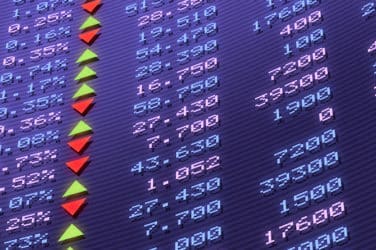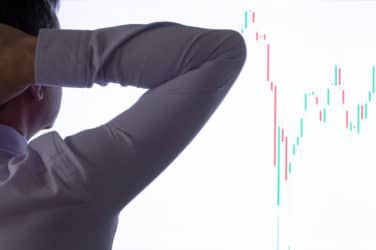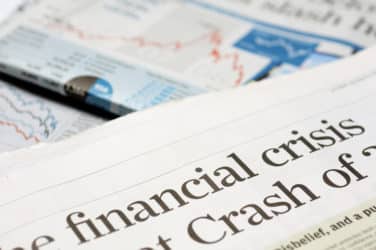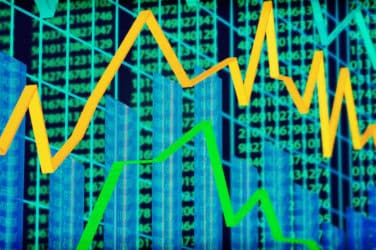
Continuing macroeconomic issues in the Eurozone will bring about continued volatility.
With the market tumult continuing amid global economic concerns and declining investor confidence, volatility may become the norm for the foreseeable future.
“From my perspective, the bottom line is the market is having a very difficult time dealing with the impact of potential Greek default or a variation thereof,” said Daniel Deming, senior trading managing partner at Stutland Volatility Group and a market maker at the Chicago Board Options Exchange’s Volatility Index Options pit.
“The market is getting very anxious about the possible outcomes. The perception globally of a Greek default, just the concept, within global economic community is potentially very disastrous. The slowdown in the U.S. economy is also impacting anxiety in the marketplace, increasing the crisis on confidence.”
The VIX, also known as Wall Street’s “fear gauge,” reached a high of 48 on Aug. 8, as the markets reacted to the debt ceiling situation and the Standard & Poor’s downgrade of U.S. debt. It then hovered around the mid-30s for the following weeks. The last time the VIX was under 30 was Aug. 3.
According to BATS Global Markets, equity trading volume was on the decline since reaching a peak of nearly 18 billion shares on Aug. 8. About 10.6 billion shares were traded per day on average in August. For the month-to-date in September, ADV has fallen to about 8.4 billion. Volume once again shot up to over 13 billion shares traded on Sept. 22, which was the most volume seen since Aug. 10. The most recent spike coincided with the VIX Index shooting up above 40 for the first time in about a month. It has since settled into the high-30 range.
“I expect (the VIX) to remain elevated into the rest of the year, considering the fact that there is no clear-cut resolution to what’s going on in Europe,” said Deming. “In VIX futures, if you look at the term structure, expectations continue into next year. It’s in the 32 to 33 dollar range even in December, January and February. That’s elevated, and you’re seeing the whole curve flatten. This will persist for several months.”





